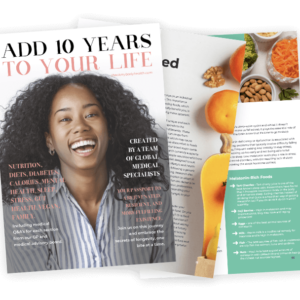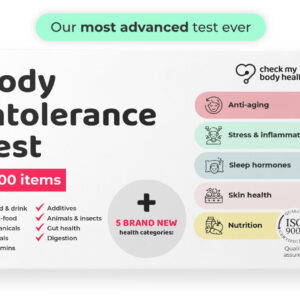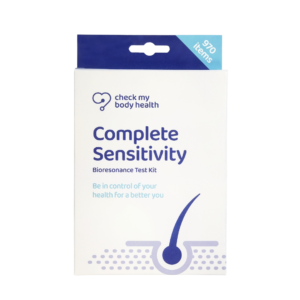Published Jan 19, 2021
How often have you made too much food and had the excess go to waste? Or been enticed by an ‘unbeatable’ supermarket three for two deal that you don’t need? In the UK alone, 8.4 million people are struggling to afford to eat, yet we throw away 250,000 tonnes of perfectly edible food each year. Across the globe, this figure rises to 1.3 billion tonnes.
The human impact of food waste is shocking and upsetting enough, but the impact of food waste on the environment is another concern. The average UK household throws away around £450 worth of food each year. Cost aside, what’s the environmental impact?
When food ends up in the bin and is then transferred to landfill, it begins to rot, releasing a greenhouse gas called methane. Methane has 21 times more negative impact on climate change than carbon dioxide, so it’s safe to say that reducing methane should be as high a priority as reducing carbon in the atmosphere.
This is not to mention the environmental impact of the animal agriculture, farming, harvesting, handling, processing, manufacture and transport of the food in the first place, only for it to go to waste.
But happily, there are things we can do to help!
Many local authorities offer a kerbside food waste collection service. Using such a service to deal with your food scraps, peelings and waste, including coffee grounds and most tea bags (as long as they’re plastic free) will help to reduce the amount of food rotting in landfill. Check with your local council for more detail on what you can and can’t include, then collect your food waste in a caddy or biodegradable bags provided by your council. They will then collect it on bin day for it to be turned into compost.
But using a food waste bin doesn’t mean we can just throw food away at will. Instead, we should use it for inedible peelings and plate scrapings, rather than to collect edible food waste.
There are a few reasons why food goes to waste. First up is the supermarket deal. It’s easy to get drawn into deals promising us money off. But unless it’s on a staple food, that we know we’re going to get through that week, it’s not really a deal. All we’re doing is spending more money, on food we don’t need, that will end up going to waste. So avoid the temptation!
Then there’s best before dates. Best before dates are often used on fruits and vegetables and are only there to give an indication of the date before which a food is at it’s best. Food past it’s best before date is still edible, even if it’s past it’s best. Obviously, a head of broccoli completely covered in mould isn’t good enough to eat. But broccoli that’s gone slightly limp and is beyond its best before date is still fine to eat.
(But a word of warning – use by dates are different from best before dates. Use by dates are usually used on foods such as meat, fish and dairy products. These indicate a date by which a food isn’t safe to eat and shouldn’t be ignored.)
Food is also wasted before it even reaches the supermarket shelves. There’s an assumption by supermarkets that, rightly or wrongly, we as consumers don’t want to buy misshapen, overly large or knobbly produce. This means that millions of tonnes of fruit and vegetables that don’t conform to certain beauty standards is rejected by supermarkets and sent to landfill.
Taking steps to reduce your household’s food waste will help you save money and reduce your impact on climate change. From using leftovers to create a new meal or changing the way you shop, there’s plenty we can all do to make a difference.
- Try to avoid supermarket deals and discounts on food if you know that you won’t eat it all before it spoils.
- Know the difference between ‘best before’ and ‘use by’ dates. Consider ignoring best before dates on plant-based foods and use your own sense of smell or sight instead. If fresh fruits or vegetables look ok but are a bit soft or mushy and past their best before date, they can still be used to make soups or smoothies. But don’t ignore a use by date on fresh animal-derived products such as meat, fish and dairy.
- Choose a veg box delivery scheme or ‘wonky’ veg boxes from supermarkets to reduce the amount of fresh produce going to landfill because it isn’t the ‘right’ shape or size. Wonky veg boxes from supermarkets are often more cost effective than buying things separately too.
Written by Bev Walton
Food Writer and Nutritionist, dietician
A chef of over 35 years with experience in all types of cuisine, dietary plans, recipe development, health and nutrition. I have been writing for over 10 years for both magazines, websites and ghostwriting for ebooks, Kindle and fully published books. I have a degree in nutrition and dietetics and work with restaurants and organisations within the healthcare profession. I am also able to take high quality photographs of recipes created. No writing task is too great, and whilst I specialise in the above, I am able to write about any topic you throw at me. Member of the Guild of food writers.







